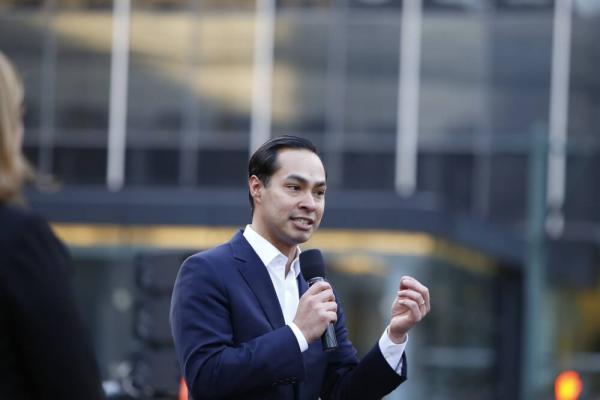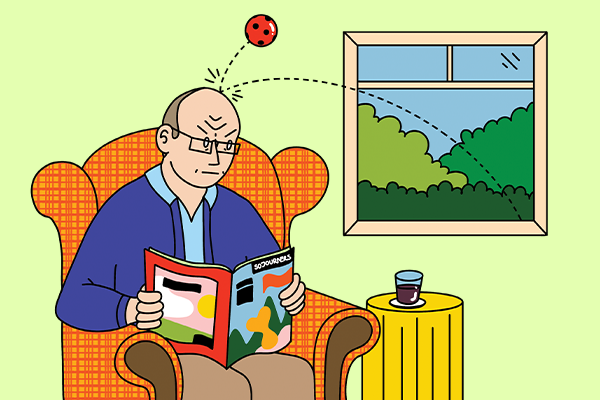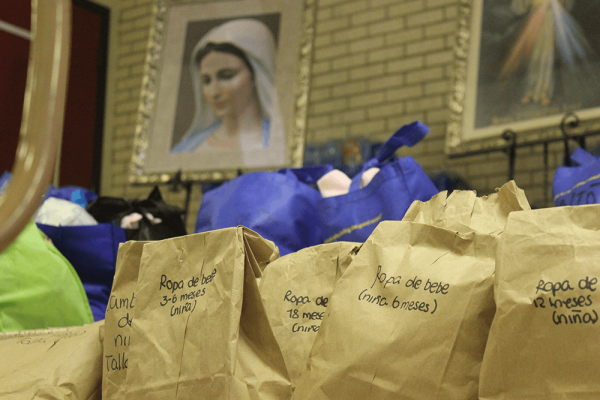It is said that politicians must campaign in poetry and govern in prose. Presidents, perhaps more than any other national figures, must tell the nation a story about itself — of its heroes and villains, of its problems and their causes, of its promise and future.
With an infectious idealism, Barack Obama presented the nation with a vision of what the country could be, not what it was. It was almost a fairytale. The nation had tasted “ the bitter swill of civil war and segregation, and emerged from that dark chapter stronger and more united.” America had learned from its past and the future seemed certain because of it. The election of the first black president was proof. The nation had reason to hope.
Then came Donald Trump. From the moments he came down the steps of Trump Tower in June of 2015, he told the nation a horror story, one of decline and destruction. In his telling, white Americans were under attack by dark intruders and invaders who were taking their jobs, their homes, their livelihoods, and their nation from them. The nation did not shine from sea to sea, but was instead a nightmare of “American carnage,” where gangs and poverty were endemic. The signs of economic decline were visible “like tombstones across the landscape of our nation.”
Now, the task of Julián Castro, who announced his candidacy for president of the United States earlier this month, will be to find a new story to tell the nation. As a Latino presidential candidate, he bears a significant responsibility. He’ll be required to tell a new tale at the national level, one without precedent. If he hopes to be successful, this tale cannot be a retelling of past ancestors or founding fathers in brown face. It must include a new cast of characters, must tell of new themes, must find a new discourse to say that while Americans may speak different languages they share a common grammar — whether the benedictions of pastors and the bendiciones of abuelitas are in different languages, they send us forth into our communities with a mission.
He would be wise to avoid telling a worn-out immigrant tale like he did at the Democratic National Convention in 2012 where he spoke in generic platitudes and empty phrases. In his 18 ½ minute speech, it was unclear whether it was the story of the Castro family ghostwritten by Horatio Alger — with the applause line about his mother who worked hard “so that instead of a mop, I could hold this microphone” — or a synopsis of American Tail and the Mousekewitz family. It seemed to have nothing to do with the history of San Antonio and seemingly more to do with romanticized notions of 19th century immigrants and Ellis Island. He retreated from the bold claims of the Chicana and Chicano generation, of which his mother was part. For that activist generation, they were not immigrants or invaders. They belonged in the nation, regardless of borders.
In the fall of 2018, Castro released his memoir. After two years of Trump, he could not return to his previous narrative, but he still struggled to articulate how his family history changed the American story. Instead, he offered an uneven memoir as the clunky title suggests, An Unlikely Journey: Waking Up from My American Dream. Castro missed all the narrative opportunities to frame his family’s story as indicative of a changed nation. The story of his grandmother, his mother’s important history as a Chicana activist, and the importance of San Antonio in U.S. history and his barrio in particular, the West Side, were all particularities that should have been made national. Instead, it read like a second-rate knockoff of Obama’s Dreams from My Father. Castro had the opportunity to show how his family story was suggestive of larger themes of American history, how it could refocus the nation’s geographic lens away from the northeast or Midwest toward the Southwest.
The announcement of his presidential exploratory committee on Dec. 12 opened with the same kind of paeans celebrating the U.S. as a nation of immigrants. But, the demand for a border wall and the caging of refugee children made it hard to continue with those idealistic notions. It would not be in the American past where the nation would find its identity, because the present showed something different altogether. Instead of an ambitious policy goal like landing on the moon or ending poverty, Castro could only “promise to people with black and brown skin, people who wear turbans and hijabs and yarmulkes, that you can walk down the street in your community, in any community, and feel safe.”
Castro made his formal presidential announcement on Jan. 12. His address was still rhetorically lackluster, and he shied away from a bold new national narrative. The optics, however, hinted at the possibility of growing the American imagination. He announced his presidency in his hometown of San Antonio not in Dallas, the home of “America’s Team,” not Houston, not Austin, the state’s capital and a hipster city that has grown in popularity across the nation. San Antonio, a city founded by the Spanish in the 18th century, that is more than 60 percent Latino today, was foreground as an American city, every bit as American as Des Moines or New York. He announced his presidency in Plaza Guadalupe in the heart of the West Side of San Antonio, a historically important ethnic Mexican community with a long history. But few in Texas, let alone the nation, know of its importance because Castro did not explain it.
The nation is reckoning with the reality that the darkness has not yet been relinquished to history, that what we thought were old hatreds can be raised anew. As a Mexican-American presidential candidate, Castro has an opportunity to counter the Trumpian narratives of American decline and demographic undoing, redefining some of the central conceits of American political discourse. Indeed, he must if he has any chance of being president.
Got something to say about what you're reading? We value your feedback!







